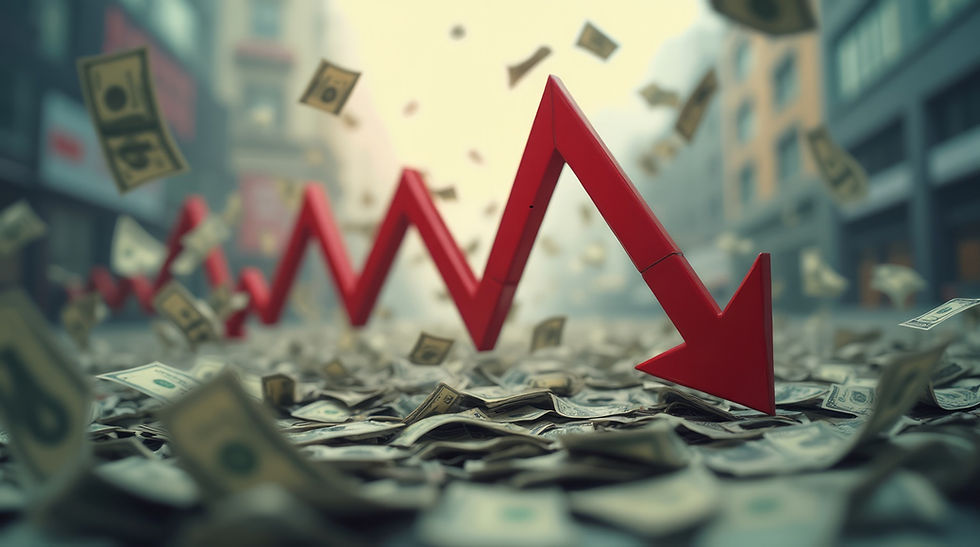The Wild Week that Was
- Novi Wealth Partners

- Mar 16, 2020
- 3 min read
Updated: Oct 13, 2020

We are not usually engaged in providing weekly market commentary, but I felt it prudent to bring attention to a philosophy that we discuss often. The stock and bond market prices are impacted by the flow of new information. As reports come out about changes in Coronavirus, stimulus packages, or anything else at this point the prices are reflected in your investments. With the amount of unknown and potential path for outcomes, the price swings have become consistently large. The one thing we can be certain, pricing for investments will be volatile in the short term and up in the long term. Take a look at last week:
Monday, March 9th : On news of a dramatic drop in oil prices around the world, and all-time record low yields on U.S. Treasuries, the New York Stock Exchange experienced such rapid share price declines at the opening bell that it triggered a “circuit breaker” that stopped the fall at around 7%. Temporarily: the index ended the day down 7.6% after some wild swings.
Tuesday, March 10th: Just as we’d settled in for unrelenting gloom, the S&P 500 index unexpectedly popped up 4.9%.
Wednesday, March 11th: The S&P 500 declined just under five percent on news that the World Health Organization had finally (and not unexpectedly, to anyone who was paying attention) declared Covid-19 a global pandemic.
Thursday, March 12th: Another circuit-breaker day, with the S&P 500 finishing down 9.51%, its worst one-day performance since the Black Monday event on October 19, 1987.
Friday, March 13th: Just as the markets seemed to be feeling a sense of despair, the S&P 500 roared up 9.3%, the biggest one-day jump since 2008.
Add it all up, and the market lost roughly 8% in a single week and decisively ended the bull market that began way back in March of 2009.

It is, of course, absurd to think that a diversified basket of (mostly) blue-chip stocks can be 7-10% more valuable one day than the next, which tells you quite clearly that emotions are driving these market movements. But all of us know that the many cancellations of events and gatherings, the reduced air travel, fewer restauranteurs and all the other impacts, big and small, of the current pandemic are slowly chipping away at economic growth, earnings and profits. What we do not and cannot know is whether the current prices in the stock market reflect the temporarily-reduced value of American companies—or not.
There is certainly reason to wonder about the jaw-dropping rise in stock prices on Friday. The nation was clearly relieved that the government was finally declaring a state of emergency, but behind the scenes, the Federal Reserve was also boosting stock prices by making massive cash injections—an estimated $1.5 trillion of repurchase agreements with the U.S. Treasury—into the banking system. There are credible (yet unconfirmed) rumors that the Fed will cut its funds rate down to 0% to further stimulate the economy and fuel the markets.
It would be nice if we could tell you what all this means for future market returns, or what new surprises the coming week will bring. Please be aware and caution of your emotions at this time. There will be many that will provide opaque guidance disguised as expertise. Our philosophy is to try not to time the market until we have located a functioning crystal ball. These are the kind of market conditions that test our patience and wear us down, but always, in the past, we would look back on big market swings from the perspective of new highs, and wonder what all fuss was about. Our hope is that someday soon, we will all be doing exactly that.
Sources:




